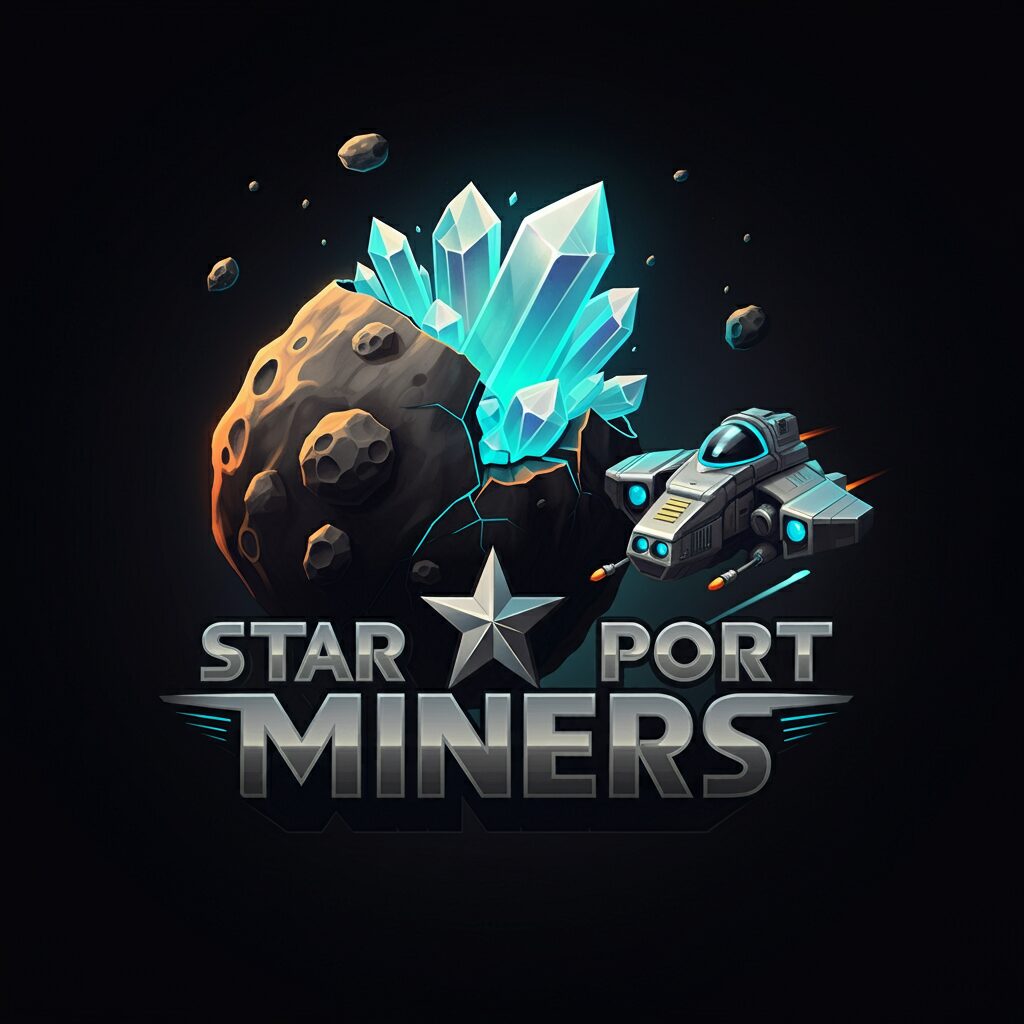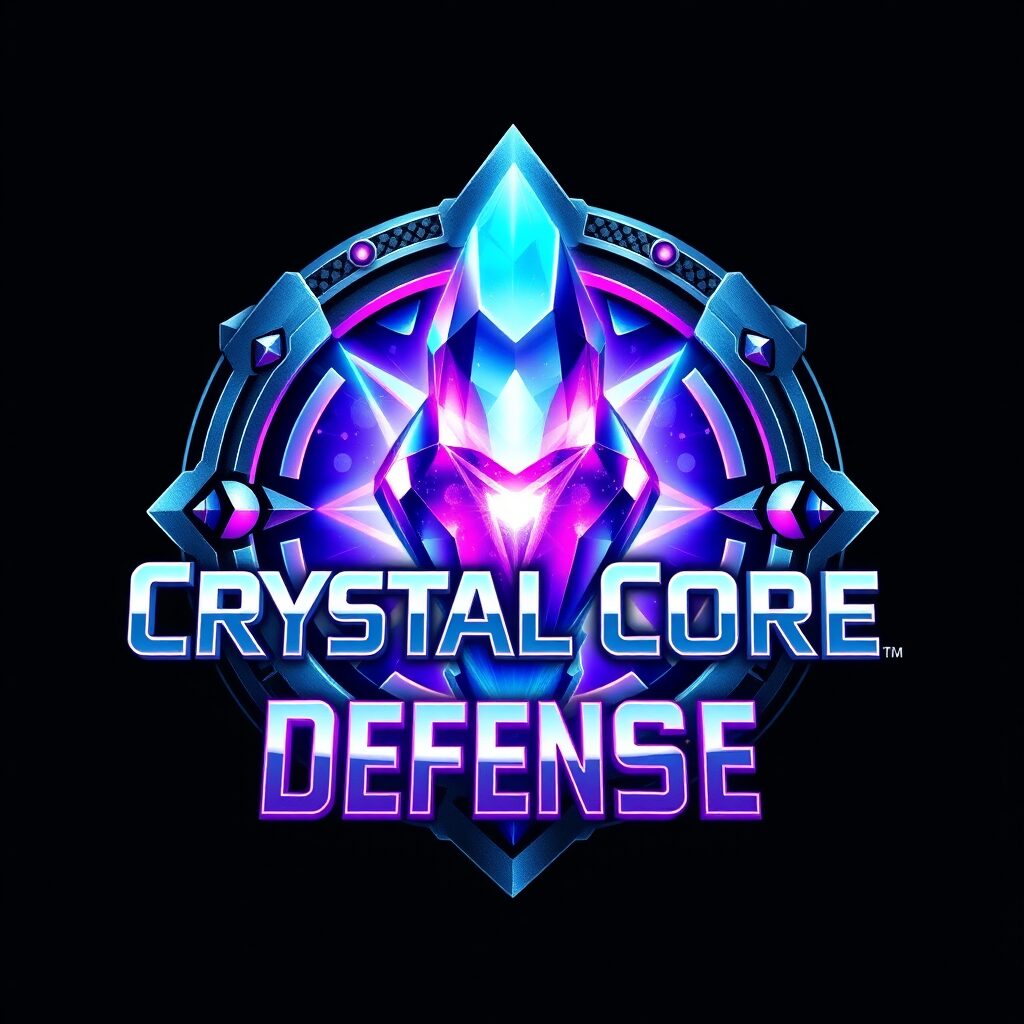Making Games for HTML Websites
In the dynamic realm of web development, creating interactive and engaging content for HTML websites has become a popular endeavor. One exciting avenue in this domain is the development of games using a combination of HTML, JavaScript, and CSS. This article will guide you through the process of making games for HTML websites, exploring the essential components such as JavaScript code, graphics, and audio integration.

JavaScript: The Heart of Web Games
JavaScript stands as the backbone for crafting interactive web experiences, including games. Its versatility and compatibility with HTML and CSS make it an ideal programming language for game development. Incorporating JavaScript code into your web page enables you to create a fun game that users can enjoy directly in their browsers.
HTML: Building the Foundation
HTML (HyperText Markup Language) serves as the foundation for any web page, and games are no exception. Leveraging HTML, you can structure your game by defining elements, creating the necessary layout, and seamlessly integrating graphics and audio components. This tutorial will guide you through the process of utilizing HTML to set up the groundwork for your gaming app.
Graphics and Audio: Enhancing User Experience
Graphics and audio play pivotal roles in making a game visually appealing and immersive. Integrating graphics using SVG (Scalable Vector Graphics) can enhance the visual aesthetics of your game. Additionally, including sound effects with audio elements can provide a real-time, dynamic experience for players, making the gaming environment more engaging and enjoyable.
Console Apps: Bridging the Gap Between Web and Traditional Programming
Console applications have long been associated with traditional programming languages, but with advancements in web development, they have found their place in HTML-based games. Incorporating a console app into your game can add an extra layer of interactivity, allowing users to input commands and receive feedback directly in the browser.
Creating a Grid-Based Game: A Step-by-Step Tutorial
One of the popular approaches to game development is building grid-based games. This section will provide you with a step-by-step tutorial on coding a grid-based game using HTML, JavaScript, and CSS. The grid structure offers a systematic and organized layout for your game, enhancing the user experience and making the coding process more manageable.
Tutorial Step 1: Setting Up the HTML Structure
Begin by setting up the HTML structure for your game. Define the grid using div elements, and allocate specific IDs and classes to each grid cell. This foundation will serve as the canvas for your game.
Outbound Link 1: MDN Web Docs – HTML Basics
Tutorial Step 2: Implementing JavaScript for Game Logic
With the HTML structure in place, it’s time to add the magic with JavaScript. Write JavaScript code to handle the game logic, user input, and interactions. Incorporate functions for movements, game state management, and any other features you want to include in your fun game.
Outbound Link 2: W3Schools – JavaScript Tutorial
Tutorial Step 3: Styling with CSS for Visual Appeal
CSS (Cascading Style Sheets) adds the finishing touches to your game, enhancing its visual appeal. Use CSS to style the grid, define colors, and create an aesthetically pleasing layout. CSS also plays a crucial role in ensuring your game is responsive and looks great on different devices.
Outbound Link 3: CSS-Tricks – A Complete Guide to Flexbox
Coding with CSS: Stylish Web Games
CSS is not just about styling; it is a powerful tool for creating visually stunning and responsive web games. This section will delve into how CSS can be used to enhance the overall design and user interface of your game, making it not only fun to play but also visually appealing.
Google’s Contribution: Integrating Services for a Seamless Experience
As you embark on your journey to create HTML games, leveraging Google’s services can significantly enhance your development process. Google offers various APIs and tools that can be seamlessly integrated into your games, whether it’s for authentication, data storage, or incorporating social features.
Outbound Link 4: Google Developers – Web Fundamentals
SVG Graphics: Bringing Scalable Artwork to Your Game
Scalable Vector Graphics (SVG) provide a scalable and resolution-independent solution for incorporating graphics into your game. Unlike traditional image formats, SVG graphics maintain their quality regardless of the screen size, ensuring a visually consistent and appealing experience for players.
Outbound Link 5: MDN Web Docs – SVG Tutorial
GitHub for Version Control: Ensuring a Smooth Development Process
Collaboration and version control are integral aspects of any development project. GitHub, a web-based platform for version control and collaboration, can streamline your game development process. By hosting your game’s repository on GitHub, you can easily manage changes, track issues, and collaborate with other developers.
Outbound Link 6: GitHub – Getting Started with GitHub
What are the basics of making games for HTML websites?
The basics of making games for HTML websites involve using HTML, CSS, and JavaScript to create the game’s structure, design, and functionality. HTML provides the structure, CSS handles the visual styling, and JavaScript is used for interactivity and game logic.
Conclusion: Crafting Interactive Experiences with HTML Games
In conclusion, making games for HTML websites is an exciting venture that combines the power of JavaScript, HTML, and CSS to create immersive and entertaining experiences. Whether you’re a seasoned developer or a newcomer to web development, this tutorial has provided insights into the essential components of game development and offered a step-by-step guide to creating your own grid-based game.
By exploring the realms of graphics, audio, and console applications, you can elevate your game to new heights. Additionally, integrating Google services, leveraging SVG graphics, and utilizing GitHub for version control can further enhance the development process.
As the web development landscape continues to evolve, the possibilities for creating compelling HTML games are limitless. So, roll up your sleeves, dive into the coding adventure, and start crafting web games that captivate audiences around the world.




